magnetosphere
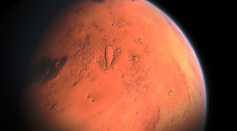
Rare Solar Wind Gap May Have Led to Expansion of Mars' Atmosphere in Incredibly Baffling Event Observed by NASA MAVEN Orbiter
‘Singing’ Plasma Waves Detected Around Mercury For the First Time, Revealing the Secrets of the Planet’s Magnetosphere
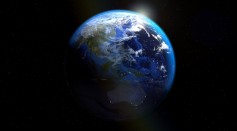
How the Earth's Magnetic Field Shields Us from Space's Wrath
NASA’s Juno Spacecraft Frequently Encounters Giant Swirling Waves at Boundary Between Solar Wind, Jupiter’s Magnetosphere [Study]
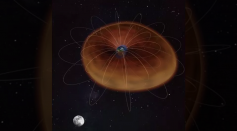
Moon Exerts Obscure Tidal Force 'Plasma Ocean' That Creates Fluctuation on Earth's Magnetosphere, Study Reveals
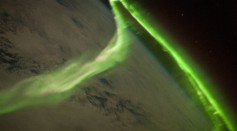
Geomagnetic Storm is Expected to Form as Powerful Solar Wind Threatens to Hit Earth's Magnetic Field
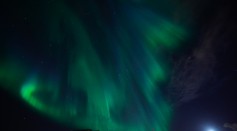
Major Solar Storm Hits Earth: Northern Lights Expected to Appear in Britain's Night Sky This Week
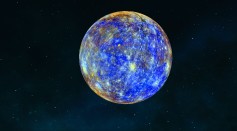
Geomagnetic Storms Detected in Mercury Despite Weaker Magnetic Field, How Do They Compare to Earth's?
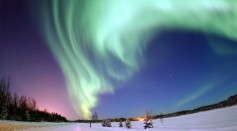
Disruption of Earth's Magnetic Field Sent Auroras Toward the Equator 41,000 Years Ago
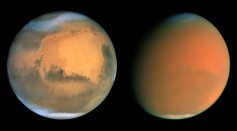
NASA Chief Scientist and More Plan to Create Artificial Magnetosphere on Mars to Make The Red Planet Habitable
Geomagnetic Storm Triggered Auroras on Lower Latitudes; What Are the Effects of the Recent Solar Flare on Earth?
Experts Explain What Happens When Solar Wind Hits Earth Through Sound
Geomagnetic Storms and Intense Aurora: Do Solar Storms Cause Northern Lights?
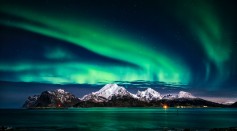
NOAA: G2 Level Geomagnetic Storm and Aurora Borealis Predicted to Head South
Most Popular

Innovative BLAST Patch Could Stop Skin Infections with Harmless Electric Currents

The Pompa Program: A New Model in Thyroid Wellness

Cold, Not Heat, Caused Mass Extinction 201.6 Million Years Ago: New Study

Why It's So Difficult to Lose Weight: The Biological Explanation Behind Obesity





